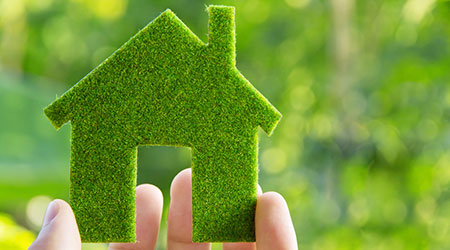2020 will be a defining one for those committed to building green, according to an article from Building Operating Management on the FacilitiesNet website. Looking ahead, USGBC sees the following trends as playing a crucial role in shaping green building in 2020.
Sustainability. In today’s world, sustainability is a part of doing business. It starts with knowing what to track and how to track it. One of the most important metrics for buildings in 2020 will be carbon. The release of LEED v4.1 introduced a carbon metric for the first time and through the Arc performance platform
Resilience. In 2020, buildings that prioritize resilient strategies and practices will help communities mitigate the damage and better adapt to severe events. USGBC’s Center for Resilience outlines how LEED encourages resilience-enhancing designs, technologies, materials, and methods. The rating system currently offers projects an opportunity to demonstrate their work in this area through the LEED Resilient Design pilot credits.
Health and wellness. Health and wellness also mean understanding how a building can mitigate larger environmental issues connected to global health challenges such as air pollution from the combustion of fossil fuels and water quality. LEED’s Integrative Process for Health Promotion pilot credit can help with better recognizing and considering the impact that design and construction have on health. LEED’s Indoor Environmental Quality credit category also outlines strategies to make occupant health a bigger priority.
Creating value for investors. GRESB — a leading provider of environmental, social, and governance data for commercial real estate investors – covers 4.5 trillion in real estate and infrastructure value and is used by more than 100 institutional investors to make decisions that are leading to a more sustainable real asset industry.

 UF Health Hospitals Rely on Green Globes to Realize Their Full Potential
UF Health Hospitals Rely on Green Globes to Realize Their Full Potential How Healthcare Facilities Can Be Truly Disaster-Resilient
How Healthcare Facilities Can Be Truly Disaster-Resilient TriasMD Breaks Ground on DISC Surgery Center for San Fernando Valley
TriasMD Breaks Ground on DISC Surgery Center for San Fernando Valley Bigfork Valley Hospital Falls Victim to Data Breach
Bigfork Valley Hospital Falls Victim to Data Breach AI-Driven Facilities: Strategic Planning and Cost Management
AI-Driven Facilities: Strategic Planning and Cost Management